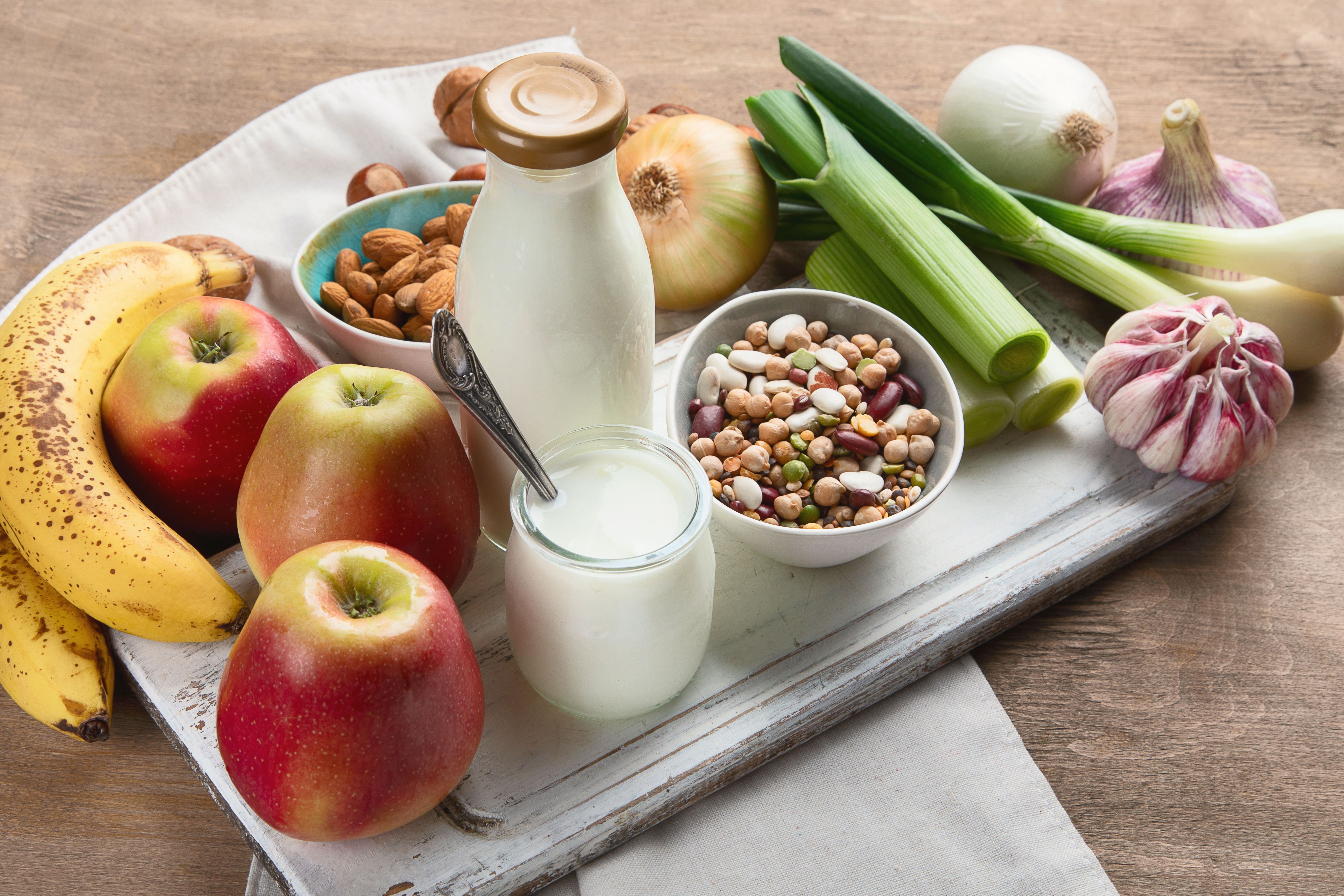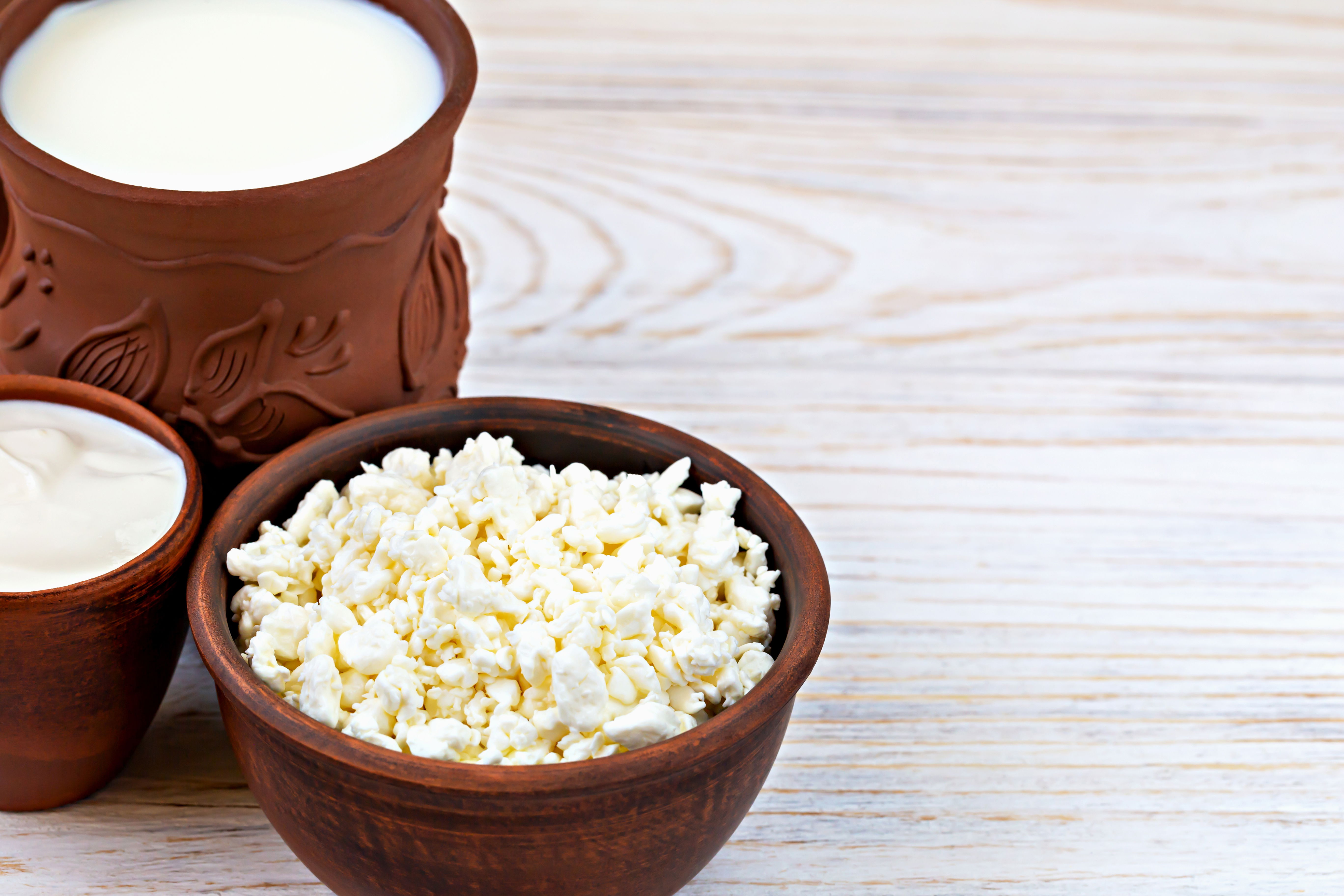The Power of Probiotics: Your Microscopic Allies for Health
Introduction to the Microbial Universe Within Us
If anybody feels alone in this world, believe me, we have a big fan following. A big population of microbes inhabits and lives on and inside our bodies, and most of them depend on us for survival.
You probably associate microbes, especially bacteria, with unclean environments and diseases. And it is also true that in earlier days, a major cause of infant and child mortality was bacterial infections.
However, education on better hygiene and the advent of antibiotics have reduced child mortality significantly. However, we house trillions of microbes in our bodies, especially on our skin, mouth, and gut, or in our digestive tract. Strictly speaking, the inside of our mouth, stomach, and intestines are part of our outer surfaces.
Although they are inside our body, their surfaces are in direct contact with the outside world, and as food particles pass through our digestive tract, hitchhiking bacteria can stay there and multiply.
We are born sterile (free of bacteria), but within hours we are colonised by our little friends, not to be left alone again. You will be amazed to know that most of the cells in our body are not human but microbial. The ratio is for every human cell, you will find 10 microbial cells. More than 1000 bacterial and fungal species can be found at various places in our body.
The Gut Microbiome: A Hub of Symbiotic Relationships
Our digestive tract is specially comprised of many bacterial species that have established a symbiotic relationship with us. A symbiotic relationship is one that is beneficial to both. These microbes, also called intestinal microbiota, play an important role in our metabolism. These extraordinary friends of ours are named “Probiotics.”.
Remarkably, each human being is unique, as it is comprised of its own unique microbial fingerprint, which is impacted by its mother’s womb bacterial environment, living environment, travel, diet, antibiotic consumption during diseases, and many more factors. The bacterial populations coming through the food or other environments, especially in the “gut,” generate energy by using the fermentable substances present in the colon, such as fibre and other polysaccharides, and colonise our inner gut environment.
Our microbiota can be adversely affected by pathogenic bacteria, inflammation, antibiotics, agri/industrial chemicals, and lifestyle changes like stress and anxiety. In light of these observations, it can be proposed that one’s health will benefit from consuming beneficial bacteria as food known as probiotic foods.
Defining Probiotics and Their Multidimensional Benefits
The WHO (The World Health Organization ) and FAO (Food and Agriculture Organization) of the United Nations have defined probiotics as “live microorganisms that confer a health benefit on us.”. These life-saving angels of ours help us in many ways. - Developing, strengthening, and protecting our immune system, - Proper digestion of the consumed food, - Synthesising several essential vitamins such as vitamin K, folic acid, riboflavin, B12, pyridoxine, and thiamine, protecting against pathogenic microorganisms, among others.
Probiotic foods containing lactobacillus bacteria have been proven to reduce serum cholesterol levels, thereby controlling cardiac-related ailments and weight management. The routinely meat-eating African Maasai tribals rarely experience any cardiac ailments and are found to have low serum cholesterol.
A study linked this to their regular consumption of 4-5 litres of yoghurt per day. Studies have shown that the real player in this phenomenon is the enzyme called Bile Salt Hydrolase (BSH), which is found in Lactobacillus bacteria found in probiotic foods.
This decrease in cholesterol and fat levels relieves the liver from working overtime and building toxins and thereby prevents many liver diseases, such as alcohol-induced or non-alcoholic liver cirrhosis.

A few benefits of Probiotics
- Lactose metabolism (via lactase-producing bacteria, aiding lactose-intolerant individuals)
- Coronary heart diseases (reducing serum cholesterol levels, lowering risk of coronary heart disease)
- Oral health (preventing dental caries and balancing mouth microbiota)
- Diabetes/Blood Sugar Regulation (potential role in managing diabetes, though further studies needed)
- Preventing Antibiotic-Associated Diarrhea (restoring gut flora disrupted by antibiotics)
- Immunity support & limits parasitic infections (strengthening defenses against pathogens and parasitic infections)
- Liver Protection (reducing toxin buildup and supporting liver function)
- Urinary tract Health – Helps prevent urinary tract infections (UTIs).
- Digestive Health (alleviating constipation, improving nutrient absorption, and aiding food digestion)
- Vitamin Synthesis (producing B vitamins like B12, riboflavin, and folate).
- Cholesterol assimilation
- Food digestion
- Gut Barrier Integrity (preventing ulcers by inhibiting harmful bacteria like H. pylori)
There are many more studies on probiotics hinting at preventing colon cancer, dental caries, tempering down the allergic response to allergens, etc. In fact, treatments such as faecal microbiota transplants have been found successful in treating many ailments. This is nothing but introducing a healthy individual’s faecal microbes into an ailing patient. Evidence of this kind of treatment has been found as far back as 4th-century China.
Traditional Probiotic Foods: A Cultural Legacy
The foods containing probiotics are mainly curd, spicy chaas (mooru), pazham kanji, fermented milk and juices, beverages such as Kombucha and kefir, and miso among others. Especially our traditional pazham kanji is a great probiotic from which many probiotic bacteria were isolated and studied for its probiotic aspects.
A probiotic food essentially contains the following characteristics
- Bile salt tolerance
- Antibiotic properties
- Survival in the highly acidic medium that is found in the stomach,
Production of bacteriocins, the antibiotic peptides that keep away the harmful pathogens, etc. The typical beneficial bacteria found in these foods are Lactobacillus, Bifidobacterium, Saccharomyces, Leuconostoc, Bacillus, Enterococcus, etc.
Kombucha:History,Myths & Modern Relevance
Another such probiotic is Kombucha, a fermented sweetened tea. It is very popular globally but not found in Indian markets. This is prepared from nicely sugared black or green tea and the SCOBY (Symbiotic Culture of Bacteria and Yeasts), the “tea fungus” or “Kombucha mushroom.”. The fermentation takes place in 10-14 days depending on the temperature and humidity in the environment.
The fermentation can be stopped by refrigerating the drink once the desirable taste is achieved. There are many different stories associated with it. The actual origin is unknown, but it is thought to have originated in the Far East, probably China, and has been consumed there for at least two thousand years.
The first recorded use of kombucha comes from China in 221 BC during the Tsin Dynasty. It was known as "The Tea of Immortality.".It has been used in Eastern Europe, Russia, and Japan for several centuries. It's from Japan in 415 AD that the name kombucha is said to have come. A Korean physician called Kombu or Kambu treated the Emperor Inyko with tea, and it took his name, "Kombu," and "cha," meaning tea. Russia has a long tradition of using this as a healing drink called "Tea Kvass" made from a "Japanese Mushroom.".
From Russia, it spread to Prussia, Poland, Germany, and Denmark, but it seems to have died out during World War Two. After the war, Dr. Rudolph Skelnar created renewed interest in kombucha in Germany when he used it in his practice to treat cancer patients, metabolic disorders, high blood pressure, and diabetes.
By far more than 450 species of microbes have been isolated from Kombucha, which makes it a very resourceful probiotic. All over the world, it is called by many names: Algae fungus, Kargozak tea, Fungus tea, Medusa tea, etc. For centuries it has been recorded as a miracle drink expected to cure many diseases, from the common cold to AIDS and cancer to age reversal. Although many of these claims are without any scientific proof, it has been proven that Kombucha tea aids digestion, balances irregularity, and keeps our gut flora healthy.
Kefir: The Cultured Elixir with Ancient Roots
Another probiotic called kefir is a cultured (fermented) milk drink. It is a complex symbiosis of more than 30 families of bacteria and yeasts that form grains or cauliflower-like structures in the milk. In addition to beneficial bacteria and yeast, it is rich in amino acids, vitamins, minerals, and enzymes. Particularly calcium, phosphorus, magnesium, B2 and B12, vitamin K, vitamin A, and vitamin D.
It is prepared by inoculating cow, goat, or sheep's milk with kefir grains. Dairy-free alternatives are available, such as coconut milk kefir and soy milk kefir. Tryptophan, one of the essential amino acids abundant in kefir, is well known for its relaxing effect on the nervous system. Because kefir also has an abundance of calcium and magnesium, also important minerals for a healthy nervous system, kefir in the diet can have a particularly calming effect on the nerves.
The abundance of enzymes brings more health benefits, especially to lactose intolerant people, many of whom can tolerate kefir without difficulty, as long as the kefir is raw and not cooked (cooking destroys the enzyme lactase, the lactose hydrolysing enzyme). These people lack the ability to digest the sugar called lactose found in dairy products.
However, the probiotic bacteria in the fermented products help digest the lactose and aid in assimilating this into our bodies. Hence, kefir will help the lactose intolerant obtain the dairy-based necessary nutrients.
“Kefir” itself is a word with a Turkish origin; “keyif” means joy or pleasure, and “kopur” means milk or froth. For the ancient shepherds of the Caucasus who originally discovered kefir, it was a pleasurable, frothy milk drink. The shepherds stumbled upon kefir because they carried milk with them in leather pouches, probably containing probiotic microbes. When the milk would ferment, it would become an effervescent and tasty drink.
Manufacturers of kefir and consumers have believed in the benefits of kefir for a long time. Studies remain inconclusive about whether kefir actually has the power to fulfil some of its claims, such as being able to stave off diseases or significantly slow down the growth of cancer cells. More testing is needed to substantiate these claims.
Preliminary evidence does support the hypothesis that drinking kefir regularly is beneficial to the body in many ways. Research suggests that probiotics can prevent or even treat a host of maladies, such as irritable bowel syndrome, yeast infections, and Crohn's disease. Because kefir can also be made from grains, such as soy and almond milk, instead of typical probiotics made from dairy products, it's suitable for vegans.

Yogurt vs. Kefir: A Probiotic Showdown
Yoghurt also contains beneficial bacteria, but kefir contains several strains of friendly bacteria not found in yoghurt—Lactobacillus Caucasus, Leuconostoc, Acetobacter species, etc. Kefir also contains beneficial yeasts, which help to control and eliminate destructive pathogenic yeasts. If you suffer from Candida yeast overgrowth, you are suffering from these destructive
pathogenic yeasts, so kefir can help destroy these and replace them. These yeasts also strengthen the intestines so they become more resistant to pathogens such as E. coli.
more resistant to pathogens such as E. coli. Other probiotics such as Neera (the fermented coconut flower drink), fermented grape wine, brine-pickled vegetables (uppilittathu), traditional buttermilk, apple cider vinegar, panam kallu, etc.
These foods are healthy food products that have more health benefits along with probiotics. It will be beneficial when it is consumed in the early morning on an empty stomach after taking a glass of water. The market is filled with many probiotic food supplements, but we forget that we have many more probiotic, microbe-rich foods right in our own kitchen. These simple food products will keep a doctor away from you. For ‘Prevention is better than Cure’


